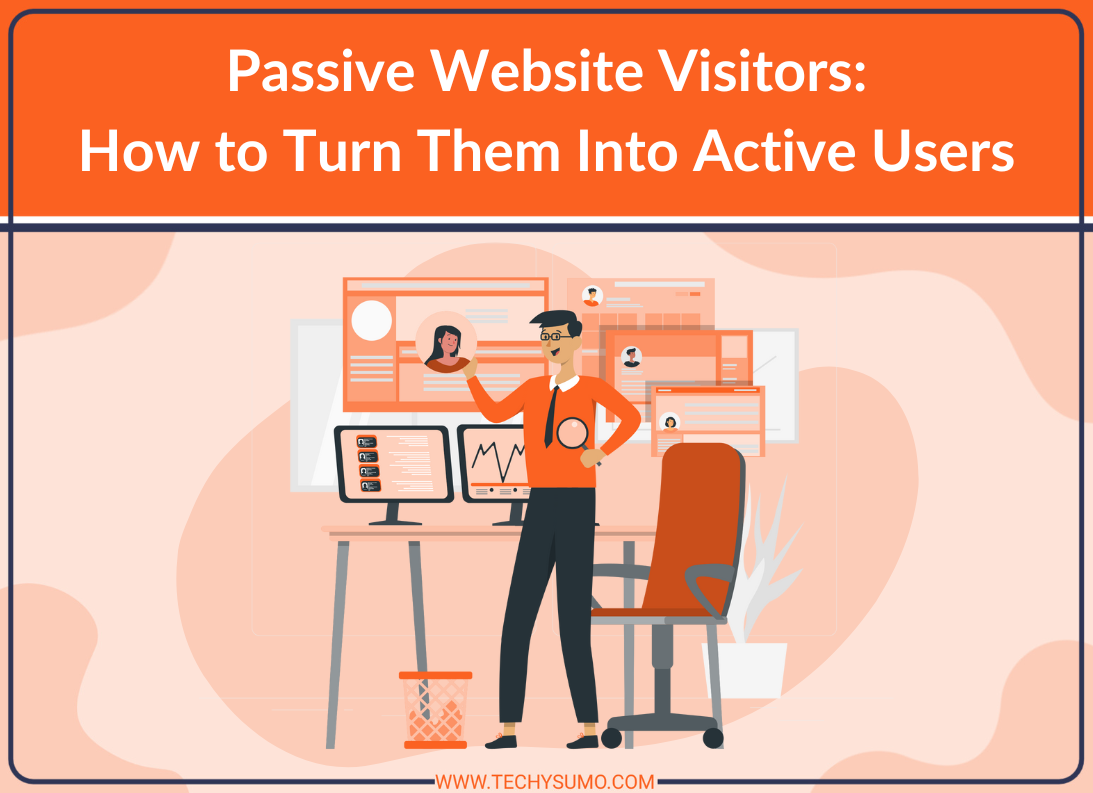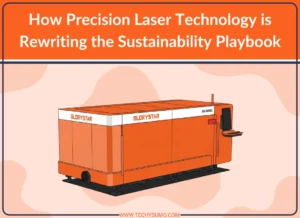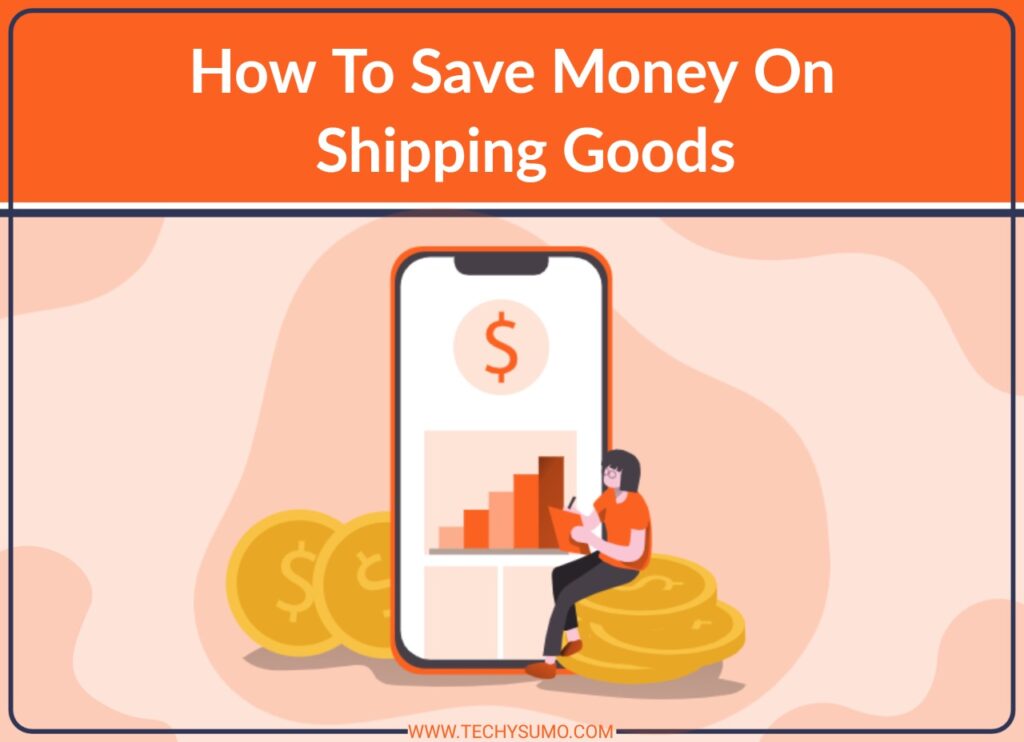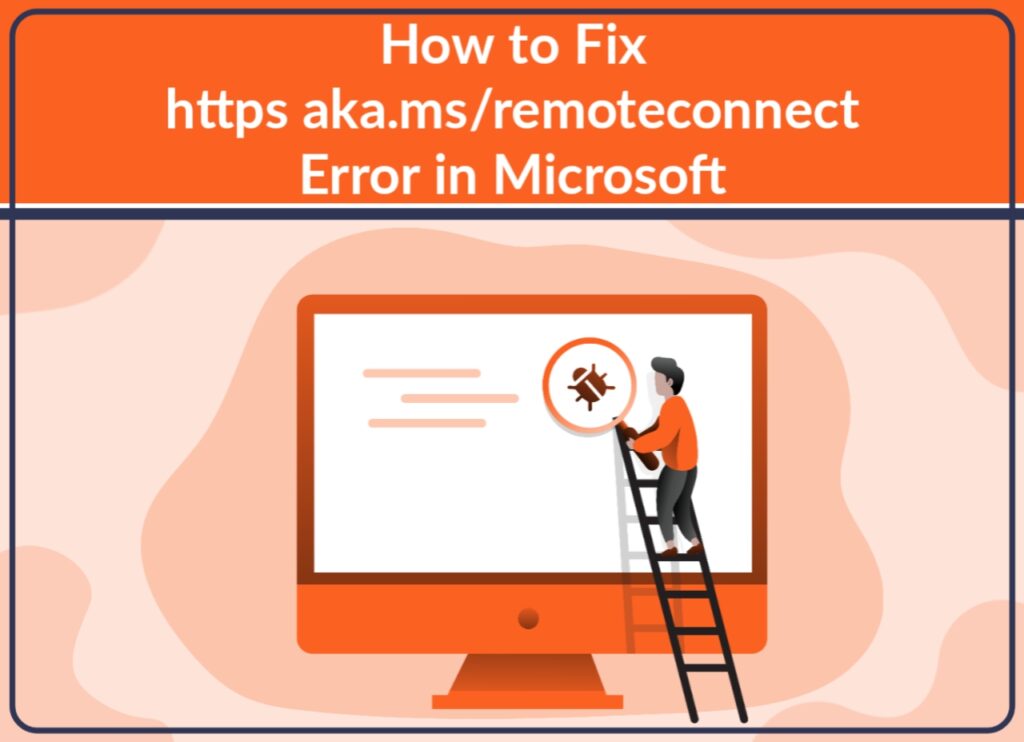Over the past decades, website traffic has been one of the primary assets in digital marketing. And, respectively, one of the primary business goals for millions of companies. They invest in SEO, paid ads, and other marketing strategies. And that’s all to drive a consistent flow of people to their websites. But what if we tell you that not all traffic is the same?
The truth is that web users can be divided into three categories:
- Those who create content (they are in the minority).
- Those who actively consume content and engage with creators (aka convert).
- And those who consume content quietly and never convert.
The reality is: the last category, known as lurkers, makes up the biggest part of the web. Yes, they come to your site and bring traffic. But at the end of the day, your business doesn’t win anything from them. In this article, we’ll tell you more about this category of users and share effective user engagement strategies to convert them.
Table of Contents
Who Is a Passive Site Visitor?
A passive visitor or lurker is someone who doesn’t get active on your site. These people may look for information and find your website. They may read your content, watch videos, and even explore multiple pages. However, they don’t perform any action, be it a click on a link, sign up, purchase, or anything else.
The opposite of this is an active user. It’s someone who lands on your site and gets active. These are the users who actually contribute to your business goals through conversions. Thus, your primary goal should be not to attract as much traffic as possible, but to drive active traffic that has the potential to convert into sales.
Also Read
Why Do Passive Visitors Leave?

In order to understand how to improve user engagement and convert inactive traffic into conversions, you need to know why passive users leave in the first place.
There might be many reasons for that. Yet, the biggest ones include:
Content irrelevancy
If your content reaches the wrong audience or at the wrong time, it doesn’t resonate with them, and they typically leave.
Lack of value
Your content may find the right people. However, if they don’t find value in it, they will likely bounce. The same can happen due to a banal lack of content quality or authenticity.
Wrong medium
These days, user engagement comes from diversity. Not all people love reading blog posts. Some expect to see long-form content, videos, checklists, infographics, and other content types. When you don’t meet this need by diversifying your site copy, you might be losing some visitors.
Not conversion-ready experience
Lastly, passive users may remain inactive simply because you didn’t create the right setting for conversion. This can manifest in multiple ways, from a lack of a clear call to action (CTA) and poor website performance that complicates conversion to a too complicated request that asks people to do more than they are ready for.
These and other reasons can hold you back from turning passive visitors into engaged users. Luckily, there are a few things you can do about this, and we’re about to give you a step-by-step guide.
Steps to turn passive visitors into engaged users
Step 1: Make a Purposeful First Impression
Interaction with your site begins from the first seconds after people land on it. And the first 5 seconds determine whether they’ll stay or not.
To create engagement, you need to instantly capture attention and make the right first impression. First and foremost, you need to create a fast-loading, easy-to-navigate, well-branded, and neat design—these things give the fastest impression. Then, you need to capture attention with engaging media files that resonate.
Lastly, you need to ensure that your above-the-fold content instantly impresses people as well. To optimize it correctly, you should start with headlines and subheadlines. Make them informative and attention-grabbing. And integrate your relevant keywords into them in a natural manner. Combine this with your SEO strategy. For easy targeting, use tools like Semrush or Semrush alternatives. They will help you find high-volume keywords for your top-of-the-page content.
Step 2: Build a Seamless Experience for Conversion
If you are aiming for conversion rate optimization, creating a perfect experience is a must. There are many things that might scare off even people who are interested, including:
- Weak CTA or product/service information
- Unclickable CTA buttons
- Confusing checkout
- Unclear policies
- Mandatory account creation
- Limited payment methods, etc.
To prevent bouncing, you need to create such an experience that lets people convert intuitively, quickly, and with maximum comfort. This means simplifying the user journey so that they naturally go from one stage to another. It also means creating clear CTA and placing them in the right locations, making buttons visible and clickable. Reducing friction by making your sign-up, checkout, and other processes simple is also crucial.
And don’t forget about mobile optimization. In 2025, more than 64% of the entire website traffic comes from mobile devices, and people who land on your website from their smartphones will likely not stay if it works badly on their device.
Step 3: Resonate With Your Audience Through Content
If you are wondering, what is user engagement? It’s about getting your audience involved by resonating with them. Content plays a massive role in this process.
Follow the tips:
- Research your audience well to know what they are looking for and what expectations they have.
- Keep search intent and stage of the journey in mind when writing content.
- Write for maximum user engagement in the first place, and for search engines in the second place.
- Leverage different forms of copy to extend outreach.
- Demonstrate your unique expertise.
- Provide true value and update your copy regularly so that it doesn’t become outdated.
Step 4: Trade Value for Action
When you want to convert a lurker into an active user, it can be very effective to offer them something in return. People who are interested but still hesitant might need an extra push to perform an action. That’s when you can lure them in with incentives like:
- Special offers and discounts
- Free trials
- Gated content
- Lead magnets like checklists, white papers, and eBooks
- Game elements (for example, a visitor needs to sign up to receive badges and rewards)
When you implement this strategy, follow these main rules:
- Bring real value with your incentives
- Emphasize what users will gain from it
- Provide social proof to boost trust
And, in order to capture even more leads, don’t forget to optimize your website better for them. This means, among the rest, creating well-optimized landing pages.
Step 5: Implement Retention Strategies
Client management always reigns. That’s because engaged users can interact with you only once, whereas loyal customers can become your advocates and repeat business with you, which will directly impact your organization’s financial health. Besides, repeat visitors whom you engaged in the first time but didn’t convert still have the potential to perform your target action.
There are many retention tactics that can work. They use different channels. So, it’s a good strategy to combine them for maximum output. For example, focus on email marketing and push notifications for warm leads who haven’t bought yet. These tactics will help you to continue educating them and staying on top of their minds until they make a purchase decision.
Focus on the Right User Engagement Metrics

After you implement the steps shared above, of course, you want to know if your efforts bring the desired results. Simply measuring the traffic surge won’t help much. After all, you now know that not all visitors who make the traffic have the potential to convert.
Hence, you need to focus your analytics on other, more insightful metrics, such as:
- Bounce rate
- Time on site
- Pages per session
- Conversion rate
- Session frequency
Use analytical tools to see how these indicators change over time, and they will tell you if there are any weak spots in your strategy.
The Bottom Line
As a business, you will be facing both active and inactive visitors on your site. The good news is that you can convert traffic into sales in both cases. It might just need a little more effort to turn passive users into active ones.
As you now know, the primary element of this process is engagement. Engagement is a primary growth multiplier that can help you achieve great business wins at all times. Luckily, now you have a step-by-step guide on how to resonate with your audience, get them involved, and retain them in the long run. Use these tips and continuously monitor the outcomes to create sustainable growth and profit.






